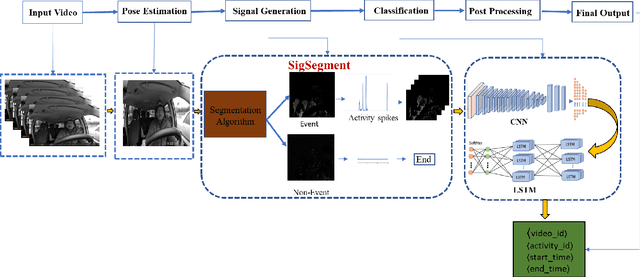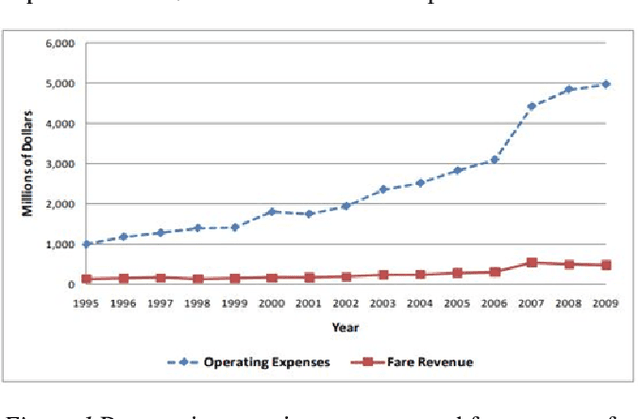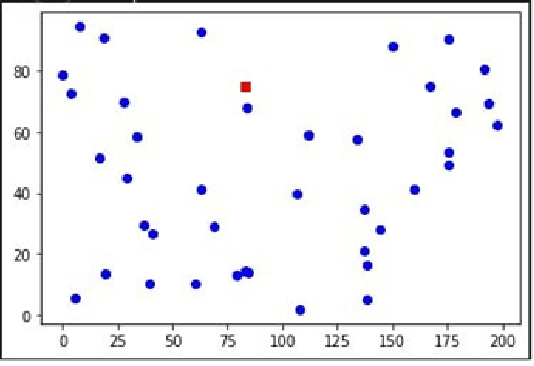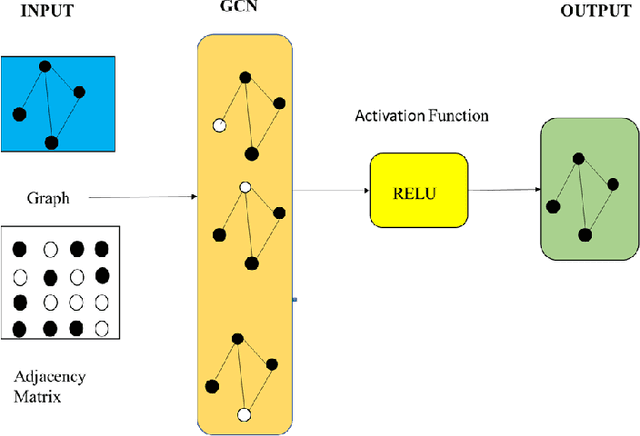Younho Seong
SigSegment: A Signal-Based Segmentation Algorithm for Identifying Anomalous Driving Behaviours in Naturalistic Driving Videos
Apr 13, 2023
Abstract:In recent years, distracted driving has garnered considerable attention as it continues to pose a significant threat to public safety on the roads. This has increased the need for innovative solutions that can identify and eliminate distracted driving behavior before it results in fatal accidents. In this paper, we propose a Signal-Based anomaly detection algorithm that segments videos into anomalies and non-anomalies using a deep CNN-LSTM classifier to precisely estimate the start and end times of an anomalous driving event. In the phase of anomaly detection and analysis, driver pose background estimation, mask extraction, and signal activity spikes are utilized. A Deep CNN-LSTM classifier was applied to candidate anomalies to detect and classify final anomalies. The proposed method achieved an overlap score of 0.5424 and ranked 9th on the public leader board in the AI City Challenge 2023, according to experimental validation results.
Travel Time, Distance and Costs Optimization for Paratransit Operations using Graph Convolutional Neural Network
May 21, 2022



Abstract:The provision of paratransit services is one option to meet the transportation needs of Vulnerable Road Users (VRUs). Like any other means of transportation, paratransit has obstacles such as high operational costs and longer trip times. As a result, customers are dissatisfied, and paratransit operators have a low approval rating. Researchers have undertaken various studies over the years to better understand the travel behaviors of paratransit customers and how they are operated. According to the findings of these researches, paratransit operators confront the challenge of determining the optimal route for their trips in order to save travel time. Depending on the nature of the challenge, most research used different optimization techniques to solve these routing problems. As a result, the goal of this study is to use Graph Convolutional Neural Networks (GCNs) to assist paratransit operators in researching various operational scenarios in a strategic setting in order to optimize routing, minimize operating costs and minimize their users' travel time. The study was carried out by using a randomized simulated dataset to help determine the decision to make in terms of fleet composition and capacity under different situations. For the various scenarios investigated, the GCN assisted in determining the minimum optimal gap.
 Add to Chrome
Add to Chrome Add to Firefox
Add to Firefox Add to Edge
Add to Edge